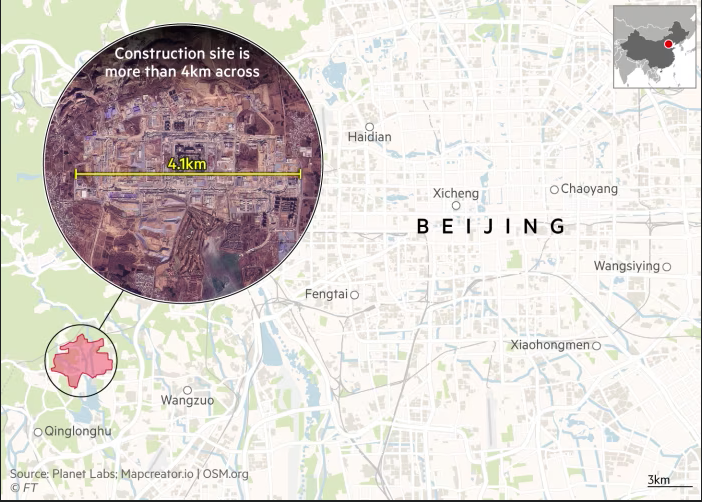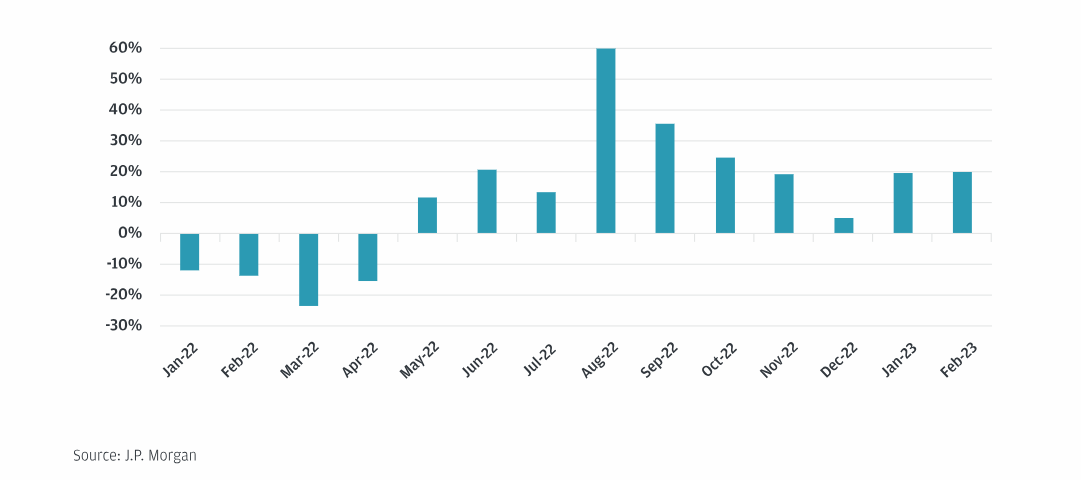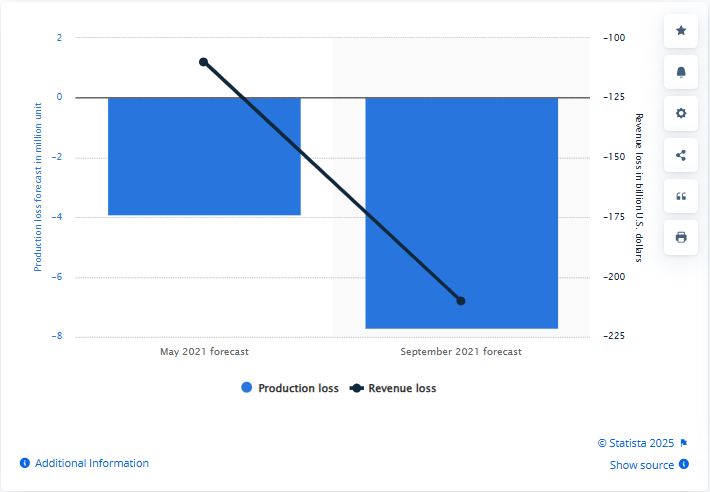China’s military is building a massive military base, a construction site spanning roughly 1500 acres. Rumours suggest they are planning on building large bunkers to protect their leaders in case of conflict, including a nuclear war.

Speaking of nuclear capabilities, China is rapidly expanding its arsenal. In just one year, they’ve increased their operational nuclear warheads from 500 to 600. But that’s not all - President Xi Jinping has also ordered the PLA to develop the capability to attack Taiwan simultaneously.
This focus on Taiwan is particularly concerning when you consider Taiwan’s critical role in global technology. Taiwan isn’t just another island - it’s the centre of global semiconductor production. It’s not just a place with factories; it has a whole setup needed to make chips. This includes highly skilled workers, a network of specialised suppliers, and infrastructure that provides everything from precision tools to materials. While other countries are trying to build similar facilities, recreating this ecosystem from scratch is extremely difficult.
If China were to invade Taiwan, this entire ecosystem would be at risk. The impact would be devastating. Think about what happened in 2021 with the chip shortage—car production stopped, consumer electronics were hard to find, and the global economy lost around $240 billion in GDP. Now imagine that situation but on an even larger scale. The disruption wouldn’t just affect gadgets; it would impact national defense, medical equipment, communications, and essential infrastructure worldwide. This is why the U.S. and its allies are working to spread out semiconductor production by investing in new facilities in places like the United States, Japan, and South Korea.


We have done an entire episode on the global chip war on The Daily Brief, which you can find below.
Of course, the Chinese embassy in the US responded with vague assurances, saying they only want peaceful development. But can you really trust such statements? Only time will tell.